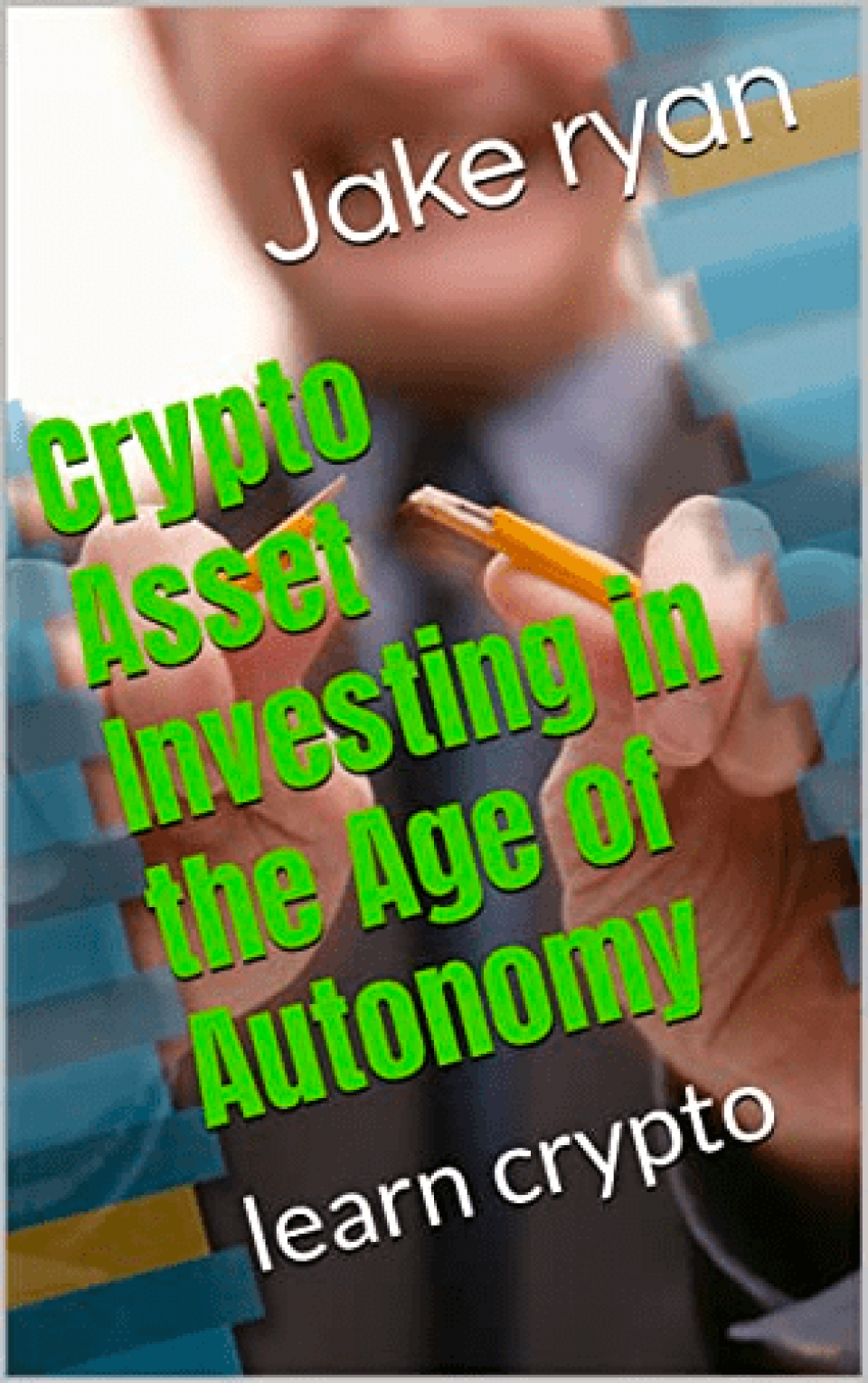
PART I
THE HISTORY OF ECONOMIC
CYCLES AND MONETARY
POLICY
History doesn't repeat itself, but it often rhymes.
— Mark Twain
It's important to remember that the global financial market has been here
before in some form. I would say almost everything in nature moves in
cycles. There, too, are economic cycles. Global central banks over the past
two decades have been trying to stop the economic cycle from progressing.
The powers that be don't want a recession. They don't want deflation. They
are doing everything in their power to change the shape of an economic
cycle from a circle to a diagonal line that just continues to go straight up.
But no matter what they do, they are fighting the natural order of things and
they will not succeed. History has shown this time and time again. When
the state tries to intervene in the economic cycle, it has always ended badly.
Understanding where you are in the economic cycle, as well as other cycles,
along with understanding what monetary policy regime you're under will go
a long way to improving your returns as an investor. One of the most
important factors in developing an investment strategy, when in a credit-
backed currency regime, is to figure out whether the economy is about to go
through inflation or deflation. Part I of this book helps set the context for
you the investor to be able to answer these questions for yourself. I intend
to show you that the current system is fraught with risk and what you didn't
see before now becomes apparent for all who pay attention.
1
The Fed and You: A Brief History
I was reading in the paper today that Congress wants to replace the
dollar bill with a coin. They've already done it. It's called a nickel.
— Jay Leno
It may feel like you have no relationship with any federal entity. But, if
you're using money to transact business or if you're investing in the stock
market for your retirement, you have a deep relationship with at least one –
the Federal Reserve. It's ironic, too, because the Federal Reserve (the Fed)
isn't a public body nor is it an official part of the government. The Fed is a
private bank with the superpower of managing the country's money. The
Fed has a dual mandate – to maintain full employment and to keep prices
stable. However, it's this one power of managing the money supply through
the setting of interest rates and the printing of money that allows it to have
massive influence the world over.
How It Was versus How It Is
During the post–World War II period job security, pension security, and
health security were relatively more stable than has been the trend since the
1990s. You could save money in an account that generated a decent return
and you were able to maintain purchasing power in part because you had
US currency that was also money. It was a store of value because it was
backed by gold. If you wanted to get a higher return, you could buy
government or municipal or corporate bonds and, for risk-adjusted returns,
you were doing quite well. There wasn't any need to take big risks in the
stock market or to start your own business if you wanted to lead a middle-
class life.
Crypto Asset Investing in the Age of Autonomy by Jake Ryan, Barry Adams




